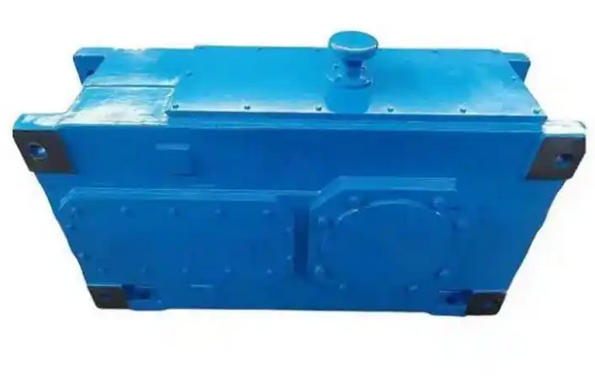What signal processing techniques can improve the signal-to-noise ratio of H4SH12 gearbox
In addition to the filtering and time-domain averaging mentioned earlier, the signal-to-noise ratio can be further improved through three techniques: signal transformation to enhance effective components, noise characteristic adaptation suppression, and multi-source information fusion. These methods are more suitable for the non-stationary and periodic characteristics of gearbox vibration signals.
1、 Enhancement technology based on signal transformation
Mapping signals to a new domain through mathematical transformations, highlighting the differences between effective components and noise, and achieving separation.
Empirical Mode Decomposition (EMD) and Improved Algorithms

Decompose complex vibration signals into multiple stationary intrinsic mode functions (IMFs), where periodic signals of gear meshing are concentrated in specific IMFs, while random noise is distributed in high-frequency IMFs.
By removing high-frequency noise IMF and reconstructing the remaining IMF, effective signals can be preserved, especially suitable for handling nonlinear and non-stationary vibrations of gearboxes.
Short Time Fourier Transform (STFT) and Wavelet Packet Transform
STFT analyzes the time-frequency characteristics of signals through sliding time windows, which can locate the instantaneous impact signals generated by gear faults (such as tooth breakage) and assist in distinguishing impact noise from fault signals.
Wavelet packet transform has higher resolution than traditional wavelet transform, and can simultaneously segment the high-frequency and low-frequency bands of signals, accurately extract gear meshing harmonics or bearing characteristic frequencies, and filter out noise outside the corresponding frequency band.
2、 Adaptive suppression technology based on noise characteristics
Adopt targeted algorithms to counteract or weaken different types of noise (such as periodic and pulsating) in gearbox vibration.
Adaptive Line Spectrum Enhancement (ALE)
The effective signals such as gear meshing frequency and bearing characteristic frequency are mostly "line spectra" (fixed frequency), while the background noise is mostly broadband noise.
ALE tracks the frequency and amplitude of line spectrum signals through adaptive algorithms, enhancing line spectrum components while suppressing broadband noise, especially suitable for extracting weak periodic signals at low signal-to-noise ratios.
Singular Value Decomposition (SVD) Denoising
Constructing the vibration signal as a Hankel matrix and performing singular value decomposition on the matrix, the singular values corresponding to the effective signal will be significantly greater than those corresponding to the noise.
By retaining large singular values, removing small singular values, and reconstructing the signal matrix, random noise can be filtered out, and the pulse signals generated by gear faults (such as the impact of tooth wear) can be well preserved.

